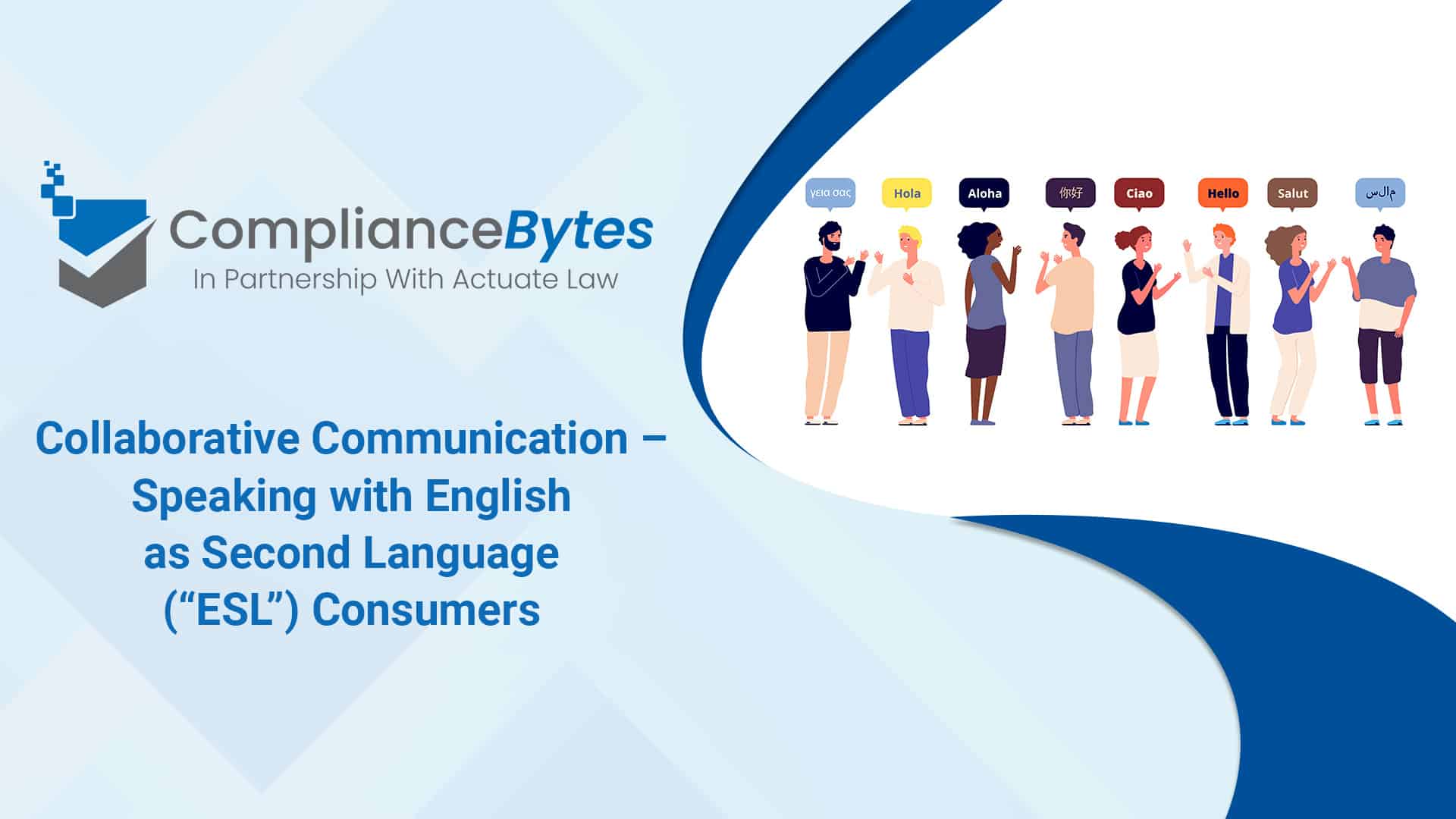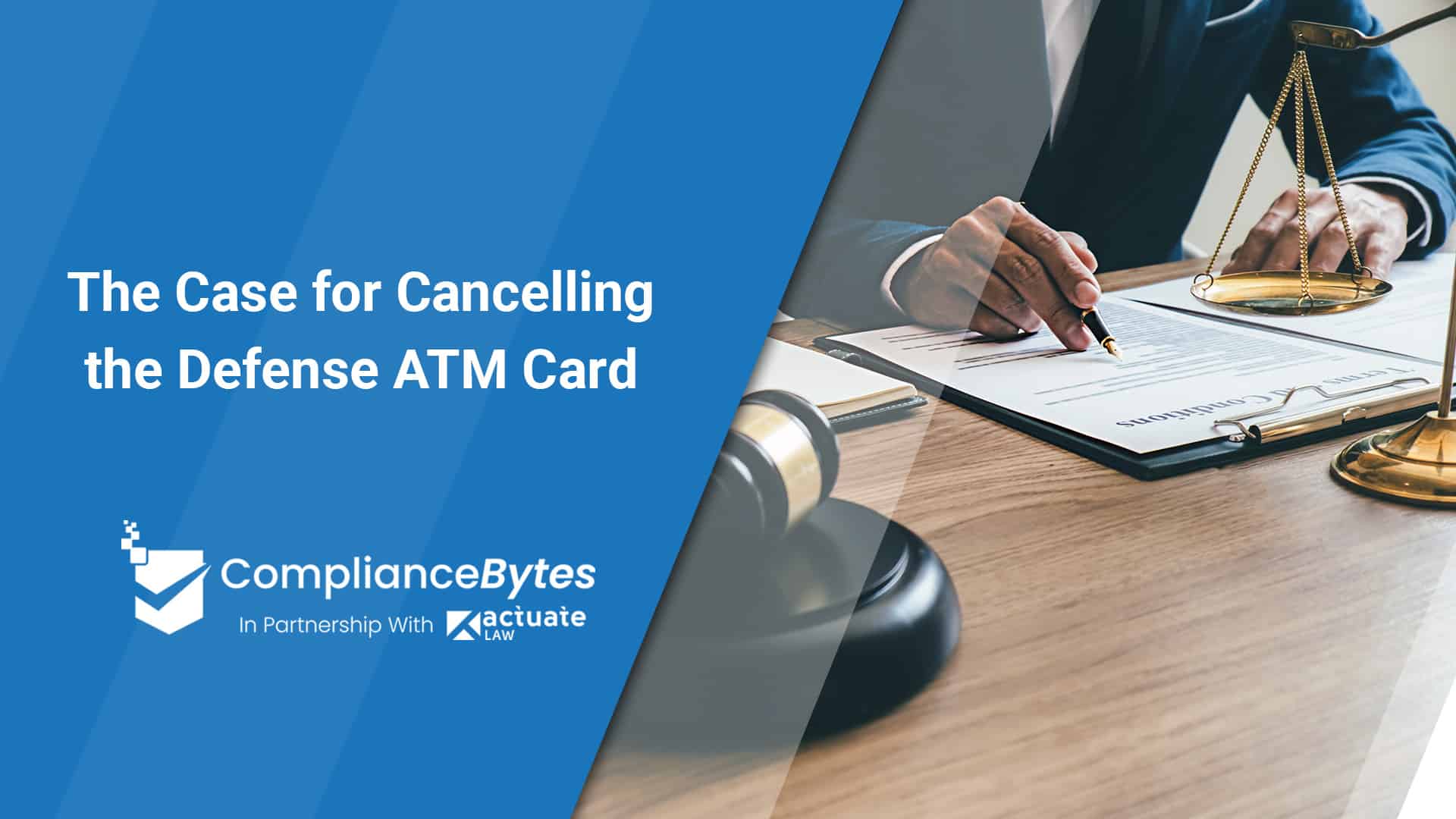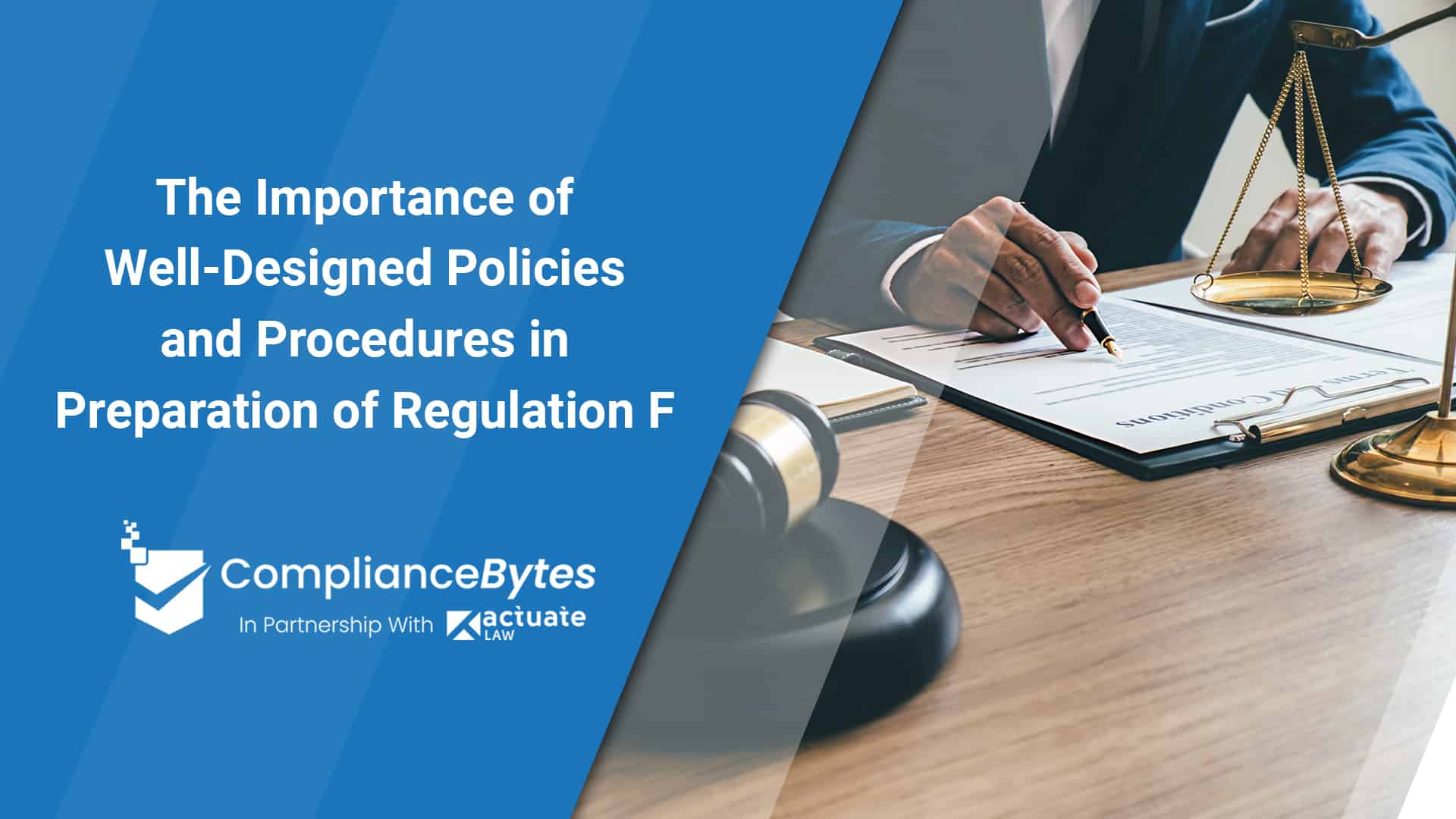
How to Beat Compliance Fatigue
By Lauren Valenzuela, Counsel at Actuate Law, LLC
Changes impacting compliance seem to be coming fast and furious. As soon as you think you have a grip on operationalizing one new multifaceted requirement, another one comes around the bend whistling a different tune. Federal and state legislators and regulators approved and/or implemented many changes impacting our industry in the last two years, and there is no end in sight. Having to operationalize and reconcile all the changes impacting an organization is exhausting – and is leading to compliance fatigue for many.
What is Compliance Fatigue?
Urban Dictionary defines “compliance fatigue” as “a state of chronic fatigue induced by having to constantly maintain compliance with the ever-increasing variety of rules, regulations and processes created by middle management bureaucrats in both public and private organizations.” For the ARM industry, I’d like to propose this definition: “a state of chronic fatigue induced by having to constantly operationalize new and ever-changing, ever-increasing, and nuanced laws and regulations.”
Why Should We Care?
Simply put, compliance fatigue has the potential to lead to gaps in compliance, and gaps in compliance lead to all kinds of bad things – and that is never a good thing. I could go on and on here, but suffice it to say, when you (i.e., as an individual, compliance professional, leader within an organization, etc.) feel compliance fatigue or see it happening around you – don’t ignore it.
How to Beat Compliance Fatigue?
No individual or organization has to be stuck in a chronic state of compliance fatigue because there are things that can be done to combat it.
- Make a Conscious Decision to have the Right Attitude:
Your mind is a powerful thing – it controls your entire world. Making a conscious decision to have the right attitude is a necessary first step to beating compliance fatigue. What is the right kind of attitude? It is an attitude that recognizes the fatigue, yet rejects negative thoughts and instead says, “I am going to figure this out, one step at a time.” It is a “can do” type of attitude, the kind of attitude that reminds you of where you’ve been and where you’re going, and makes you say to yourself “I got this!”
- Get Organized:
Being disorganized is stressful and compounds compliance fatigue. The good news is that getting organized is something within your control. How do you get organized? Here are some ideas: make a list of all your questions, brainstorm the ways you need to explore how a new requirement may impact you or your organization, make a list of all the people you’re going to talk to for learning more or operationalizing a new requirement, etc. Whatever situation you are in, take a moment and organize your thoughts. Once you have organized your thoughts, prioritize your action items or next steps.
- Get the Facts:
Not understanding a topic has the potential to create a lot of anxiety. As humans, we tend to fear what we do not understand. There is good news here too – this is also within your control! Create a plan to gather the facts, so that you can demystify whatever the new requirement is. The better you understand it, the better equipped you will be to tackle it.
- Keep Staff Motivated:
In my former life as a General Counsel and Chief Compliance Officer, ensuring my staff was engaged and motivated was a top priority for me. The higher your staff’s engagement and motivation, the more mountains they will move and they’ll have fun while doing it! So how do you keep your team motivated when they are having to adapt to constant change?
a. Let your Team Know the “why” Behind a Change:
One of the easiest ways to keep your team engaged is simply letting them know the “why” behind something. Whether it be a new policy, a process change, a new rule, etc. taking a moment to explain the “why” that is driving the change helps them digest it and accept it (even when they don’t agree with it). For example, when new laws or regulations come out, there will often be a statement from a legislator or governing body explaining what they are trying to accomplish with the new requirement. Share that with your team – it will help them understand the spirit of the change, and if they have a better understanding of that, they will be more accepting of it.
b. Involve Employees when Operationalizing New Requirements:
When you are figuring out how to implement and operationalize a new requirement within your organization, ask employees for ideas. One of my favorite things to do when I worked at an agency was use change as an opportunity to interact with employees and get their ideas and input for how to best operationalize whatever change we were tackling. They often had great ideas and insight and they brought a different perspective that was incredibly valuable. Those involved often became champions for the change and became change ambassadors within the organization. Having employees to help you positively influence and maintain a culture of compliance is a must have when battling compliance fatigue.
- Find Overlap:
When you have multiple requirements applicable to a particular topic, take advantage of any overlap that may exist in competing requirements. For example, years ago I was helping an organization figure out how to operationalize a state specific law that required attempts to communicate with a consumer at home prior to contacting the consumer at work. At that time, there were some client specific restrictions for contacts at a consumer’s place of employment as well. After looking at all the competing requirements, it made sense to adopt a company policy across the board that required collectors to make a reasonable attempt to reach a consumer at home prior to contacting them at work (and we defined what “reasonable” meant when developing the policy). Rather than having to remember and track one state specific requirement and separate client requirements, employees now only had one new rule to remember. The policy allowed us to meet and exceed compliance with the state and client requirements and it worked out great when defending against any complaints involving contacts at the consumer’s place of employment. Taking advantage of any overlap helps you simplify the change, so that it has less of an impact on your staff and operations.
- Be Consistent with how Changes are Rolled-Out:
Being consistent with how changes are communicated and rolled out within an organization is critical to the change “sticking.” If an organization is inconsistent with how changes are communicated and rolled out, it causes a lot of frustration and angst with employees who are impacted. When employees have a regular, routine, and consistent way for how changes are communicated and implemented, it decreases the likelihood that employees will have an emotional reaction to the change and instead focus their energies on understanding and adopting the change.
About Actuate Law
Founded by Big Law veterans, Chicago-based Actuate blends the nimble entrepreneurialism of a boutique start-up with the wisdom that comes with decades of deftly handling sophisticated litigation, transactional, and compliance matters. We combine talent and technology to craft bespoke legal solutions for the next generation of business leaders. Like the clients we serve, Actuate is constantly striving to achieve the “impossible triangle” of better, faster, and less costly. Our lawyers handle matters across the country in the areas of commercial litigation, class action defense, data security & privacy, e-discovery, financial services, information governance, private client services/trusts & estates, and white collar investigations and litigation. For more information visit, www.actuatelaw.com.
This information is not intended to be legal advice and may not be used as legal advice. Legal advice must be tailored to the specific circumstances of each case.









